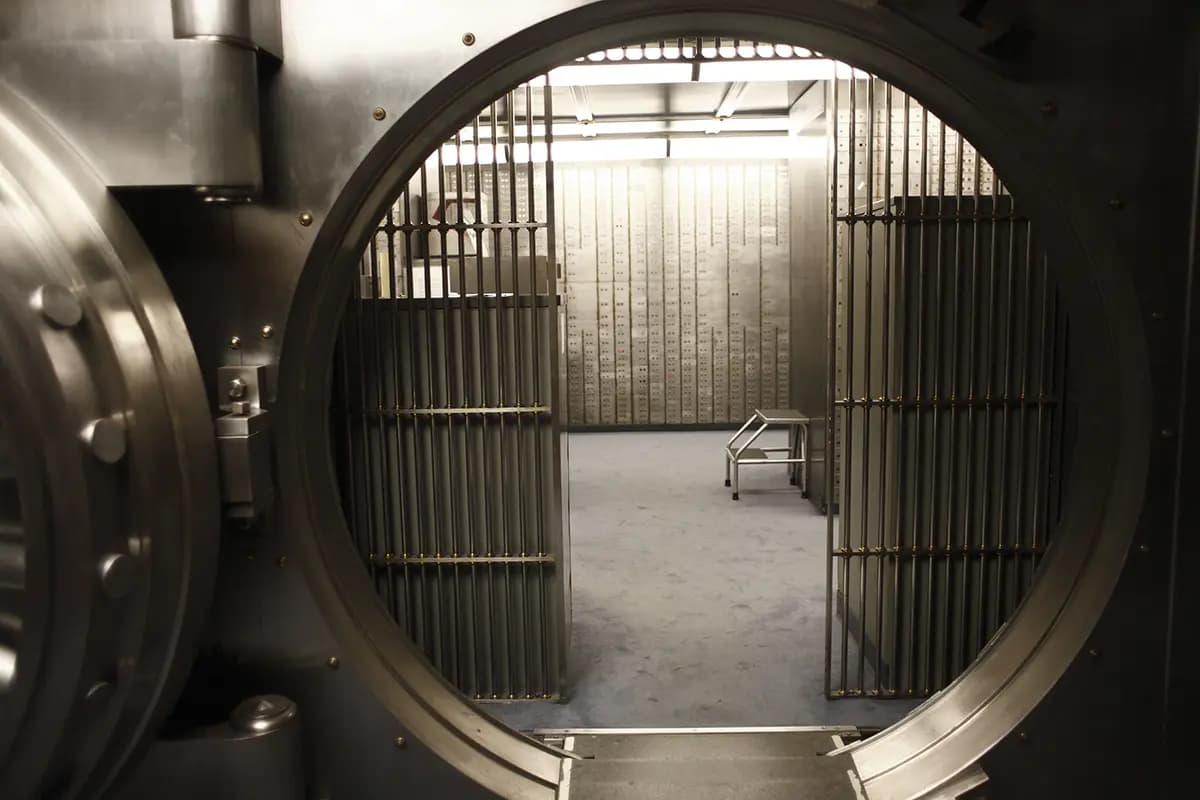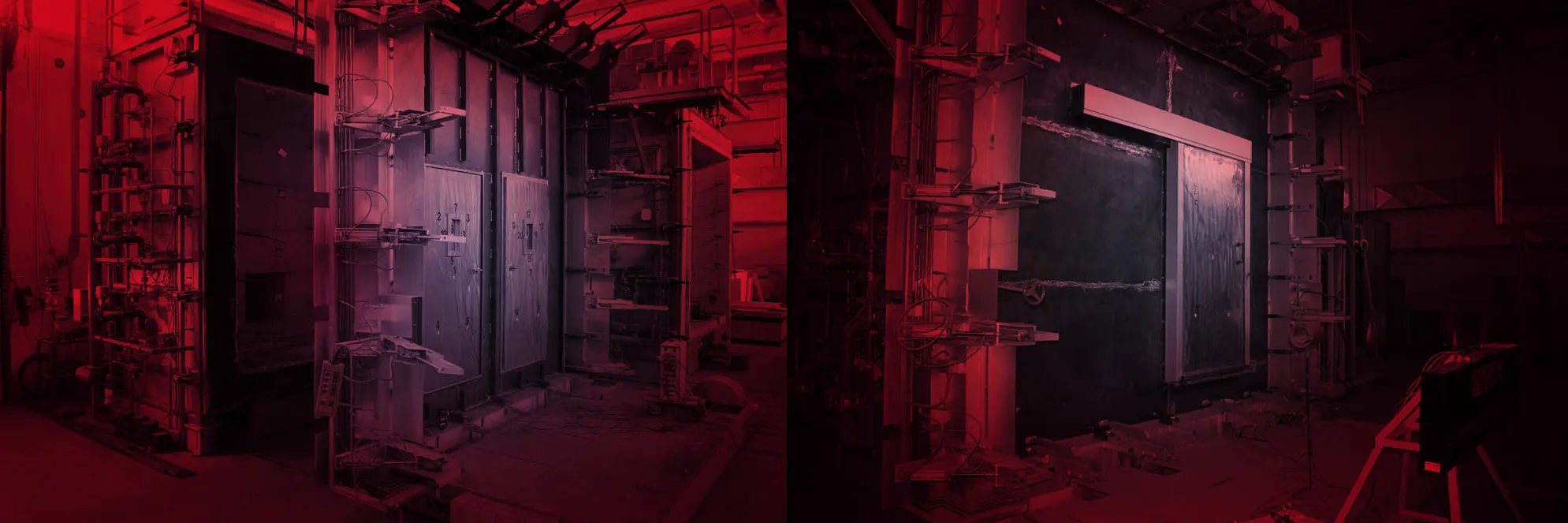
Bank Designated Security Doors
Our bank-designated doors have been certified according to EN standards for Class II. These doors are engineered to resist attacks with tools commonly used by bank robbers.
Class II
EI30s EI60s
CE certified
Internally reinforced
Anti-corrosion coating
C4, C5 Class locks
Sound insulation
Our doors are shipped worldwide on an FOB basis

Bank Designated Security Doors
Our bank-designated doors have been certified according to EN standards for Class II. These doors are engineered to resist attacks with tools commonly used by bank robbers.
This capability is achieved through the incorporation of concrete infills, which serve to protect the doors against high-heat tools, such as acetylene burners, which can cut through thick steel silently.
The door frame and leaf are manufactured from cold-rolled steel and are internally reinforced. Mineral wool infills are used for thermal and acoustic improvement.
Along with concrete, additional reinforcement steel inserts have been added to achieve a Class II bank security rating.
The doors come pre-hung on four ø30 mm welded hinges with ball bearings, and the hinge side is reinforced with anti-forcing bolts. The acoustic performance and air permeability are improved with the use of a bespoke EPDM seal.
Our doors can be glazed with bulletproof glass (class BR5 to BR7) in different shapes and distributions (optional).
Our security doors are bespoke
The price fluctuates based on door sizes, project location, technical specifications, and specific customer preferences regarding integration with the access control system. These are just a few factors to consider. For a precise price estimate, please fill out the form below.
Request from Contractor - High Security Doors
Installation
Send Request
Certification
Adherence to EN standards is expected in all commercial projects. Our security doors are tested and certified according to European Union norms.
- Bullet Resistance
- According to EN 1522: 2000
- Fire Resistance
- According to EN 16034: 2014
- Burglar Resistance Classification
- Class RC5 according to EN 1627: 2012
- Multiple closing and opening
- According to EN 12400: 2004
- Wind load resistance
- According to EN 12210: 2001
- Corrosion resistance
- According to EN ISO 12944-2: 2001
- Water tightness
- According to EN 12208: 2001
- Sound insulation
- According to EN ISO 717-1: 1999
- Thermal permeability
- According to EN ISO10077-1: 2007
- Air permeability
- According to EN 12207: 2001
- Operational forces
- According to EN 12217: 2005
- Mechanical strength
- According to EN 1192: 2001

